10 Ways to Spot Fake Vintage Pyrex and Protect Your Collection
When it comes to collecting vintage Pyrex, it’s essential to know how to identify authentic pieces and avoid modern fakes. Understanding the key characteristics of genuine vintage Pyrex, from logo design to glass quality, can help you build a valuable collection. This guide will help you spot the differences between old and new, ensuring that your Pyrex collection remains true to its vintage roots. Whether you’re a seasoned collector or a newcomer, these tips will give you the knowledge to protect your investment.
This post may contain affiliate links, which helps keep this content free. Please read our disclosure for more info.
Examine the Logo Design
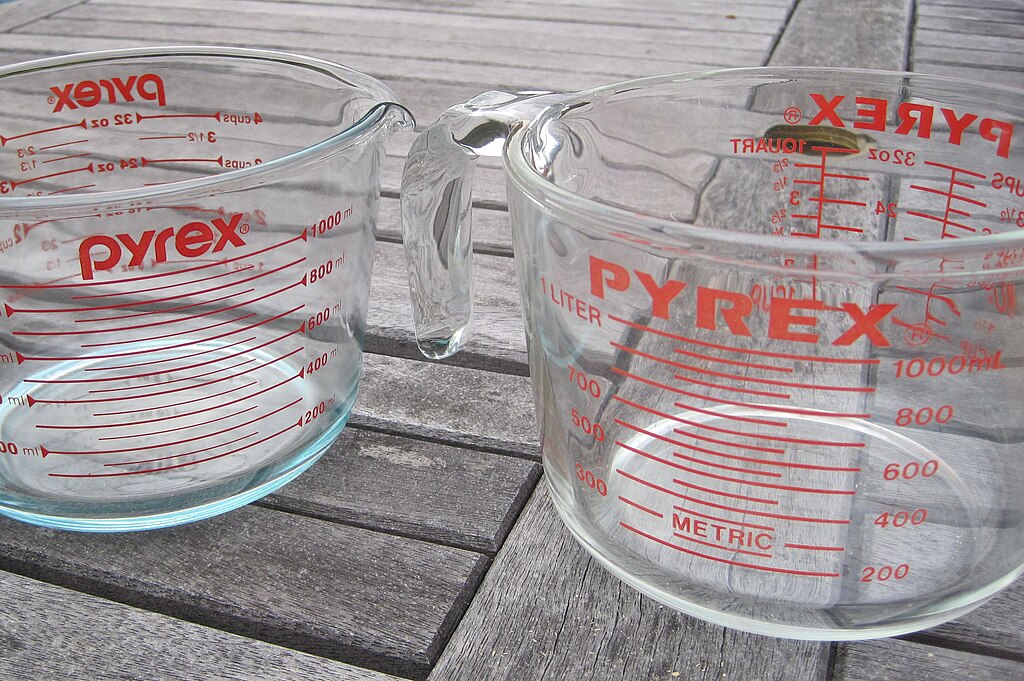
The logo on a Pyrex piece is one of the most important indicators of its authenticity. Vintage Pyrex often uses an all-caps, serif-style font that is bold and uniform. The letters are typically thicker, giving the logo a classic, formal feel. In contrast, modern Pyrex logos are usually in lowercase letters, often with a simpler and more casual font. These differences in font style can be subtle but are essential in distinguishing between vintage and modern pieces.
Additionally, over the decades, Pyrex’s branding has evolved slightly. For example, some vintage pieces may have a logo that is slightly tilted or positioned in an off-center way, which was common in earlier designs. Modern versions are much more consistent and tend to have a centered, standard logo. Knowing these key differences in logo style can significantly help you in identifying a genuine vintage piece.
Look for the Correct Backstamp
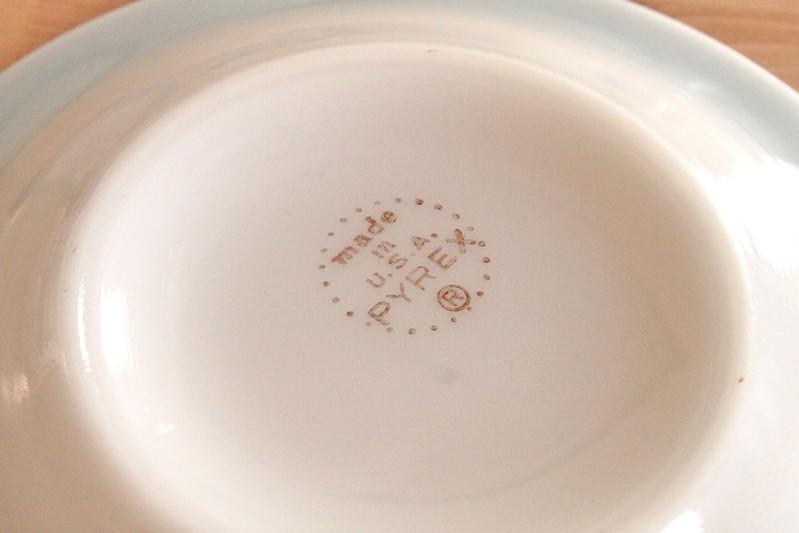
The backstamp, or the marking found on the bottom of a Pyrex dish, is another crucial clue for spotting fake vintage Pyrex. Over the years, Pyrex has used various backstamp designs, each corresponding to a specific period. Older Pyrex, made in the 1940s to the 1960s, typically features simple, straightforward backstamps, often including the word “Pyrex” in all caps along with some additional markings indicating the type of dish or the country of manufacture. Modern Pyrex backstamps, however, are often more detailed and may even include additional information, like barcodes or stock numbers that were not seen on earlier versions.
A key thing to keep in mind is the style of the backstamp. Vintage pieces may have a more faded or hand-painted appearance, while modern versions are printed with a much cleaner and sharper design. Understanding the backstamp history and recognizing its evolution can be extremely helpful in determining the authenticity of a piece. Familiarizing yourself with the backstamps used during various decades will give you a much better chance of spotting a fake.
Inspect the Color and Pattern Consistency
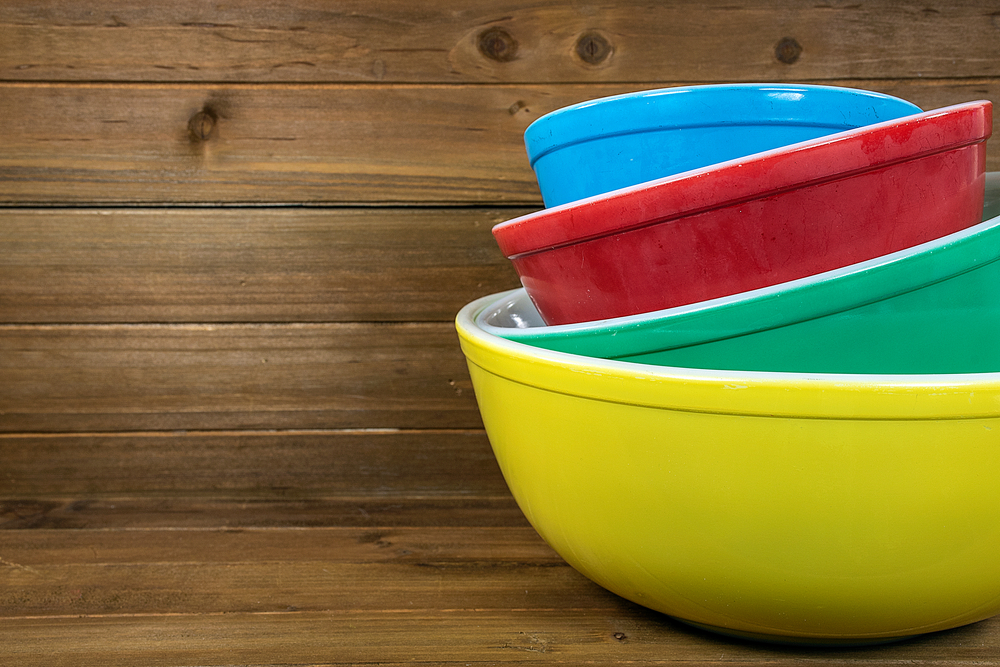
Vintage Pyrex pieces are well-known for their vibrant colors and distinctive patterns, often with subtle variations that give them character. The color quality in vintage Pyrex may not be as uniform as that found in modern pieces, and slight inconsistencies in pattern alignment were often seen during production. For example, a floral pattern from the 1950s might have slight misalignments or variations in the color saturation. These inconsistencies were typical of older manufacturing techniques and are a hallmark of authentic vintage Pyrex.
Modern Pyrex, in contrast, tends to have colors that are more uniform and predictable, with perfectly aligned patterns. Replicas may try to mimic the vintage designs, but they often lack the depth of color or show overly precise patterns that were not typical of older pieces. When purchasing Pyrex, carefully examining the patterns and colors can help you identify if it is truly vintage or just a modern imitation.
Feel the Glass Quality
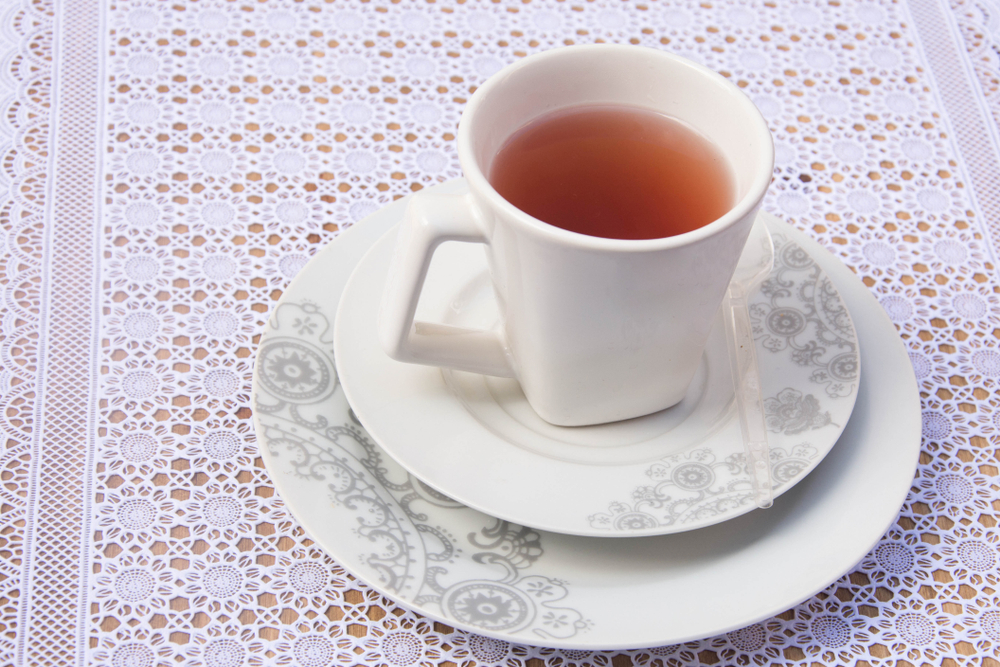
Vintage Pyrex is known for its thick, durable glass that was designed to withstand both high heat and cold. The glass often feels heavier and thicker than its modern counterpart. Pyrex from the 1940s to the 1960s, for example, was made with a borosilicate glass that has a distinctly solid feel. This heavier glass adds to the overall quality and longevity of the pieces, making them more resistant to breaking or chipping.
Modern Pyrex, however, is made from soda-lime glass, which is lighter and not as durable as the vintage borosilicate glass. While the modern pieces are still strong, they do not have the same weight or feel as the vintage ones. By gently feeling the glass, you can often tell if it is vintage by its thickness and weight, with vintage pieces offering a more substantial feel compared to the lighter, thinner modern versions.
Check the Bakeware Shape
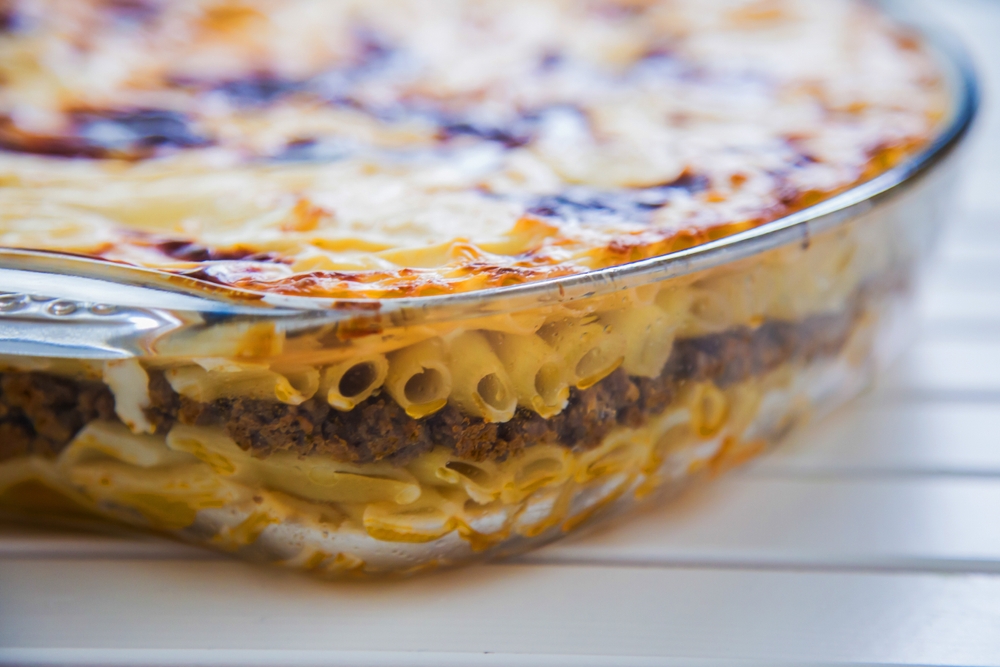
Vintage Pyrex bakeware often has a unique shape that sets it apart from the more uniform designs seen in modern versions. Many vintage casserole dishes, for example, have more rounded edges and curves, while modern Pyrex tends to feature more angular, square edges. These distinctive shapes were a result of the specific molds used in the production process and are a key indicator of age.
Additionally, vintage Pyrex pieces were generally larger and deeper than modern equivalents. Over time, Pyrex began to produce more compact versions of its bakeware, particularly for the modern market. When comparing old and new pieces, the difference in shape and size should be easy to spot, and paying attention to these details can help confirm whether a piece is truly vintage.
Analyze the Font Style and Placement
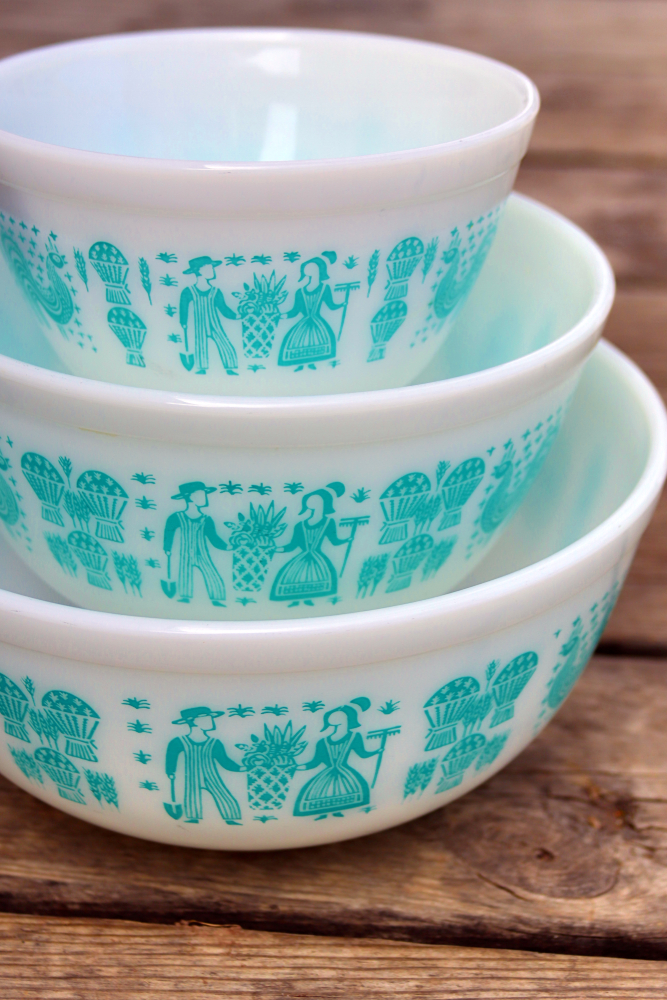
The font style and placement of Pyrex logos and markings have changed over the years, making it easier to spot a fake. Vintage Pyrex often uses a bold, uniform font that is spaced evenly and consistently across the piece. On the other hand, modern Pyrex tends to have fonts that are more varied in size and sometimes even asymmetrical. The placement of the text on older pieces might be off-center or slightly tilted, a feature often associated with the handcrafting process of the time.
Another thing to look for is the font size. Vintage pieces tend to have larger, bolder lettering compared to modern versions, where the font can be smaller and more refined. By examining the logo’s font closely, you can usually tell whether the piece belongs to an earlier era or is simply a modern reproduction.
Check for Hallmarks of Handcrafting
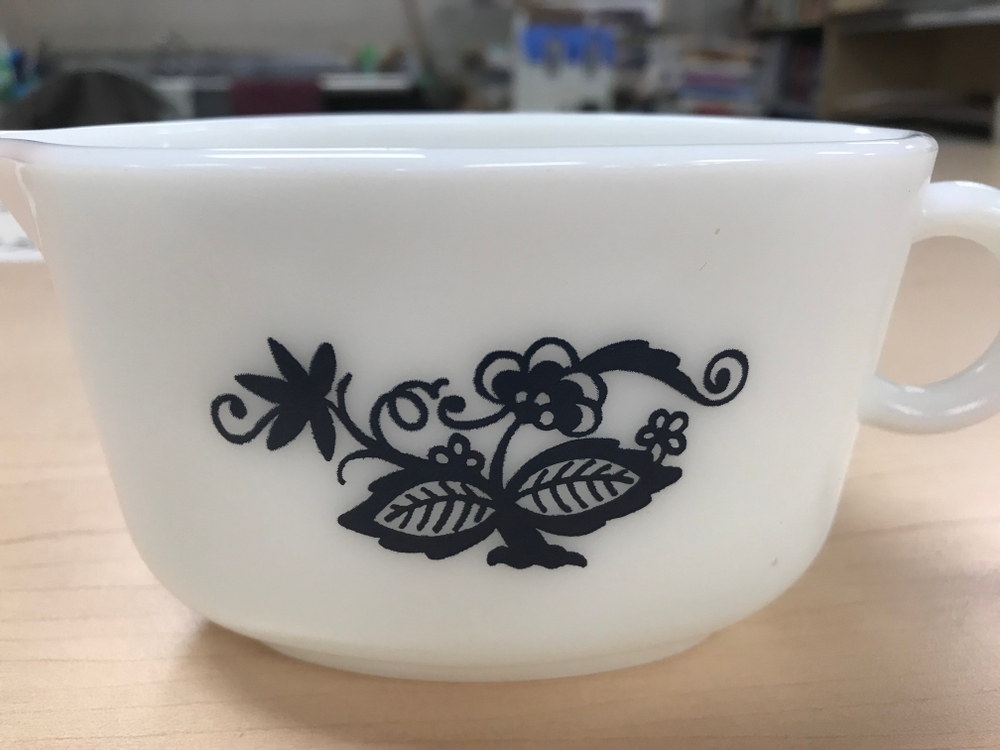
Vintage Pyrex pieces were often hand-pressed, and this craftsmanship can be seen in small, natural imperfections like uneven edges or slight misalignments in the pattern. These small inconsistencies give vintage Pyrex its unique character and charm. In contrast, modern Pyrex is typically made using machine presses that create a more uniform and predictable product, without the small irregularities that vintage pieces may exhibit.
Additionally, you might notice slight tool marks or variations in thickness in vintage pieces, which are common signs of handcrafting. These small details are hard to replicate in modern manufacturing processes, so spotting them can be a sure way to tell if a piece is vintage. If a Pyrex piece feels too perfect, it may not be the real deal.
Verify the Thickness of the Rim
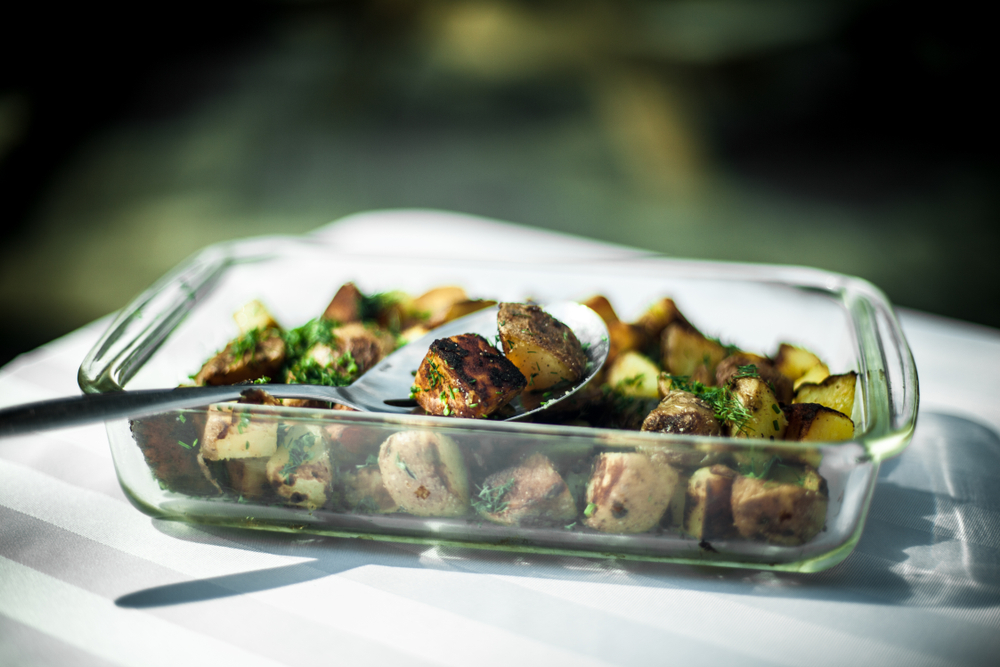
The rim thickness is another noticeable difference between vintage and modern Pyrex. Vintage Pyrex often features a thicker, more pronounced rim compared to the thinner, more delicate edges found on contemporary pieces. This difference in rim thickness is a product of older production methods, where the glass was manually pressed into molds that created stronger, more durable edges.
In addition to the thickness, vintage Pyrex rims tend to have a smoother, more consistent finish, while modern versions might have rougher or uneven edges. When comparing a vintage piece to a newer one, the difference in rim quality and thickness is one of the easiest ways to identify whether it’s truly vintage or a reproduction.
Examine the Packaging and Labels
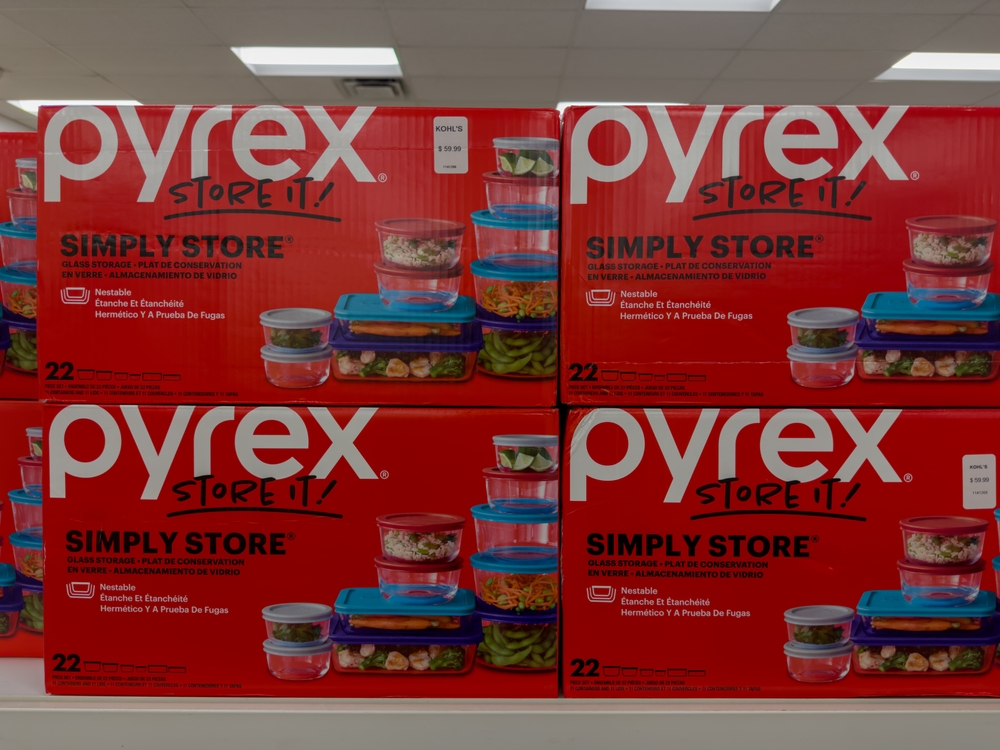
Vintage Pyrex often came in unique and eye-catching packaging, with colorful designs and logos that reflected the era in which the piece was made. These packaging designs, which may feature retro fonts or illustrations, can help you pinpoint the authenticity of a piece. If you find an item in its original packaging, check for signs of age, such as faded colors, wear, and tear, which are often present in vintage items.
Modern Pyrex, however, usually comes with minimal or no packaging, and any packaging that does exist may not have the same level of detail or distinctiveness as its vintage counterparts. By examining the packaging and labels, you can often tell if a Pyrex piece is genuinely vintage or just a modern reproduction.
Look for Evidence of Pyrex’s Early Manufacturing Process
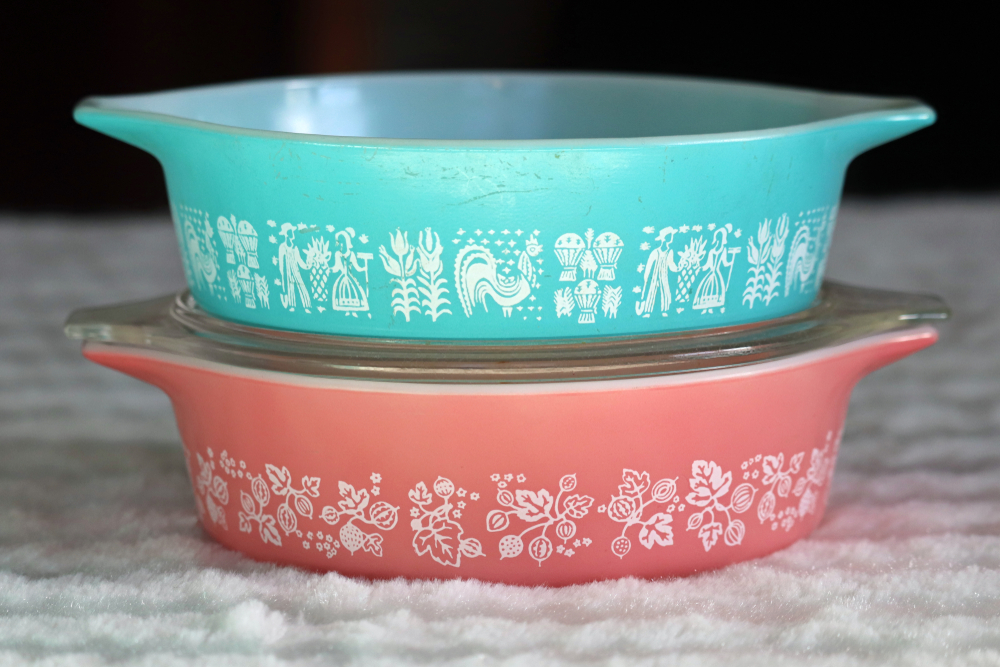
Early Pyrex pieces were often handmade, and the signs of this craftsmanship can be seen in the way the glass was formed. Vintage Pyrex items from the 1940s and 1950s frequently have irregularities, such as small tool marks, uneven seams, or slight variations in the thickness of the glass. These were characteristics of the handcrafting process used at the time. Modern Pyrex pieces, made by machines, tend to lack these subtle variations.
One key feature to look for is the seam where the glass was pressed into the mold. In vintage Pyrex, the seam might not be perfectly aligned or could show signs of hand-finishing. This marks the piece as being older, as modern production techniques are much more refined and precise.
This article originally appeared on Avocadu.
